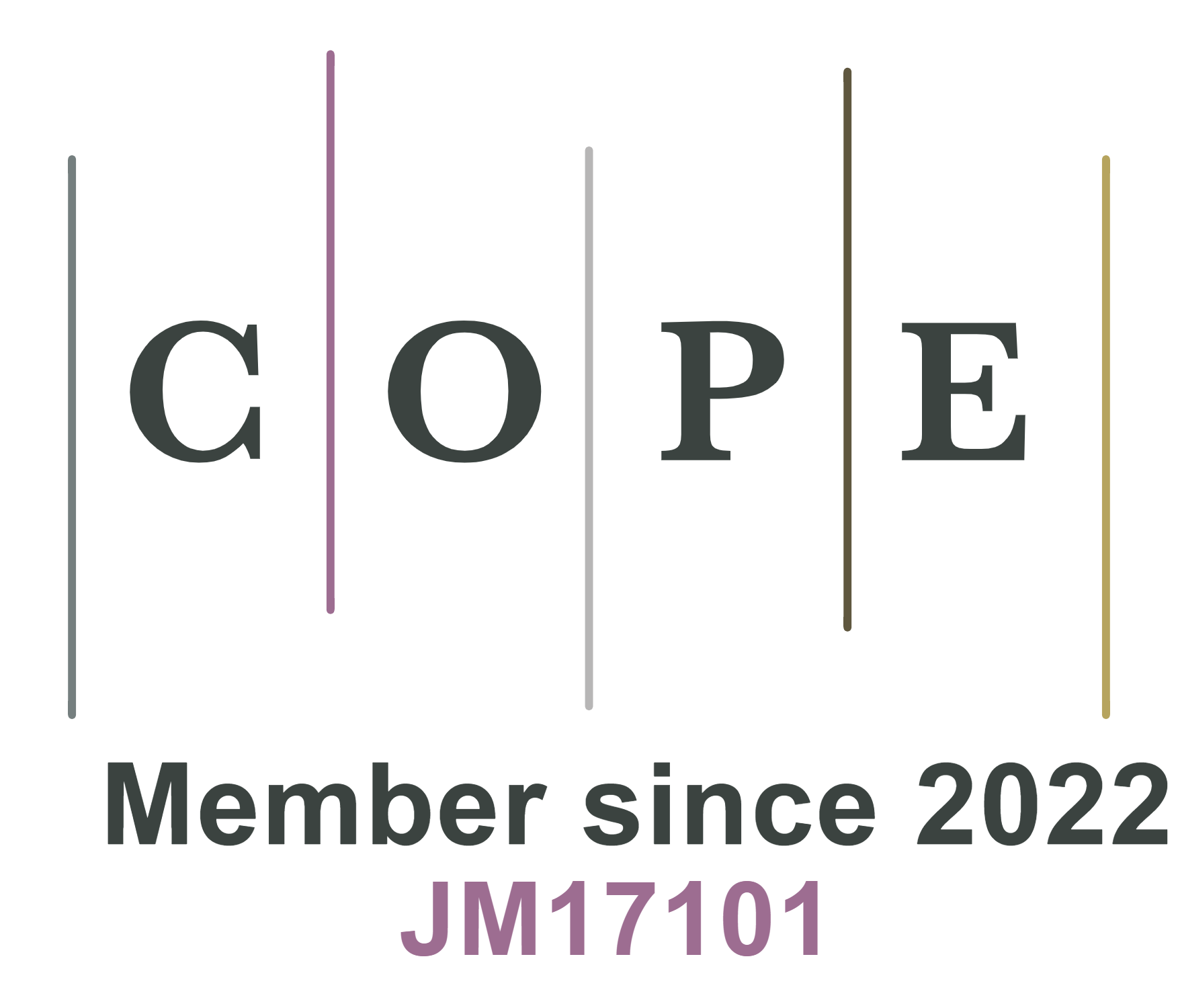REFERENCES
1. Yang, E.; Shi, X.; Wu, L.; et al. A low-cost moderate-concentration hybrid electrolyte of introducing CaCl2 and ethylene glycerol enables low-temperature and high-voltage micro-supercapacitors. Adv. Funct. Mater. 2024, 34, 2313395.
2. Nan, J.; Sun, Y.; Yang, F.; et al. Coupling of adhesion and anti-freezing properties in hydrogel electrolytes for low-temperature aqueous-based hybrid capacitors. Nano-Micro. Lett. 2023, 16, 22.
3. Qiu, X.; Wang, N.; Wang, Z.; Wang, F.; Wang, Y. Towards high-performance zinc-based hybrid supercapacitors via macropores-based charge storage in organic electrolytes. Angew. Chem. Int. Ed. 2021, 60, 9610-7.
4. Dai, H.; Zhou, R.; Zhang, Z.; Zhou, J.; Sun, G. Design of manganese dioxide for supercapacitors and zinc-ion batteries: similarities and differences. Energy. Mater. 2022, 2, 200040.
5. Deng, S.; Sun, D.; Wu, C.; et al. Synthesis and electrochemical properties of MnO2 nanorods/graphene composites for supercapacitor applications. Electrochim. Acta. 2013, 111, 707-12.
6. Wu, C.; Deng, S.; Wang, H.; Sun, Y.; Liu, J.; Yan, H. Preparation of novel three-dimensional NiO/ultrathin derived graphene hybrid for supercapacitor applications. ACS. Appl. Mater. Interfaces. 2014, 6, 1106-12.
7. Ahmad, A.; Khan, S.; Javed, M. S.; et al. Improved electrochemical performance of aqueous hybrid supercapacitors using CrCo2O4 mesoporous nanowires: an innovative strategy toward sustainable energy devices. ACS. Appl. Mater. Interfaces. 2024, 16, 6920-30.
8. Yan, J.; Lu, J.; Sheng, Y.; Sun, Y.; Zhang, D. Research progress in the preparation of transition metal sulfide materials and their supercapacitor performance. Micromachines 2024, 15, 849.
9. Wang, M.; Wang, S.; Zhao, J.; et al. Multifunctional-regions integrated with Mn-Co-Ni ternary hydroxides as self-assembled electrodes for high-performance hybrid supercapacitors. Chem. Eng. J. 2024, 480, 148206.
10. Wu, S.; Yang, Y.; Sun, M.; et al. Dilute aqueous-aprotic electrolyte towards robust Zn-ion hybrid supercapacitor with high operation voltage and long lifespan. Nano-Micro. Lett. 2024, 16, 161.
11. Huang, T.; Gao, B.; Zhao, S.; et al. All-MXenes zinc ion hybrid micro-supercapacitor with wide voltage window based on V2CTx cathode and Ti3C2Tx anode. Nano. Energy. 2023, 111, 108383.
12. Yesuraj, J.; Senthamaraikannan, T. G.; Lim, D. H.; Kim, K. Construction of ternary Zn0.5Cu0.5Co2O4 spinel structure on nickel foam: a comprehensive theoretical and experimental study from single to ternary metal oxides for high-energy-density asymmetric supercapacitor application. Small 2024, 2407608.
13. Abo Kamar SM, Ibrahim AA, El-hakam SA, El-sharkawy E, Ahmed AI, Adly MS. Architecture of interconnected cubic NiCo2S4 decorated mesoporous carbon with self-doped nitrogen based-hydrogel for high performance hybrid supercapacitor. J. Energy. Storage. 2024, 99, 113384.
14. Zan, G.; Li, S.; Chen, P.; Dong, K.; Wu, Q.; Wu, T. Mesoporous cubic nanocages assembled by coupled monolayers with 100% theoretical capacity and robust cycling. ACS. Cent. Sci. 2024, 10, 1283-94.
15. Shi, R.; Jiao, S.; Yue, Q.; Gu, G.; Zhang, K.; Zhao, Y. Challenges and advances of organic electrode materials for sustainable secondary batteries. Exploration 2022, 2, 20220066.
16. Gao, X.; Dong, Y.; Li, S.; Zhou, J.; Wang, L.; Wang, B. MOFs and COFs for batteries and supercapacitors. Electrochem. Energ. Rev. 2020, 3, 81-126.
17. Yusran, Y.; Li, H.; Guan, X.; et al. Exfoliated mesoporous 2D covalent organic frameworks for high-rate electrochemical double-layer capacitors. Adv. Mater. 2020, 32, e1907289.
18. Mahato, M.; Nam, S.; Tabassian, R.; Oh, S.; Nguyen, V. H.; Oh, I. Electronically conjugated multifunctional covalent triazine framework for unprecedented CO2 selectivity and high-power flexible supercapacitor. Adv. Funct. Mater. 2022, 32, 2107442.
19. Umezawa, S.; Douura, T.; Yoshikawa, K.; et al. Supercapacitor electrode with high charge density based on boron-doped porous carbon derived from covalent organic frameworks. Carbon 2021, 184, 418-25.
20. Iqbal, R.; Majeed, M. K.; Hussain, A.; et al. Boosting the crystallinity of novel two-dimensional hexamine dipyrazino quinoxaline-based covalent organic frameworks for electrical double-layer supercapacitors. Mater. Chem. Front. 2023, 7, 2464-74.
21. Kandambeth, S.; Jia, J.; Wu, H.; et al. Covalent organic frameworks as negative electrodes for high-performance asymmetric supercapacitors. Adv. Energy. Mater. 2020, 10, 2001673.
22. Patra, B. C.; Bhattacharya, S. New covalent organic square lattice based on porphyrin and tetraphenyl ethylene building blocks toward high-performance supercapacitive energy storage. Chem. Mater. 2021, 33, 8512-23.
23. Haldar, S.; Rase, D.; Shekhar, P.; et al. Incorporating conducting polypyrrole into a polyimide COF for carbon-free ultra-high energy supercapacitor. Adv. Energy. Mater. 2022, 12, 2200754.
24. Khojastehnezhad, A.; Rhili, K.; Shehab, M. K.; et al. Rapid, mild, and catalytic synthesis of 2D and 3D COFs with promising supercapacitor applications. ACS. Appl. Energy. Mater. 2023, 6, 12216-25.
25. Li, T.; Yan, X.; Zhang, W. D.; et al. A 2D donor-acceptor covalent organic framework with charge transfer for supercapacitors. Chem. Commun. 2020, 56, 14187-90.
26. Li, L.; Lu, F.; Guo, H.; Yang, W. A new two-dimensional covalent organic framework with intralayer hydrogen bonding as supercapacitor electrode material. Microporous. Mesoporous. Mater. 2021, 312, 110766.
27. Huang, H.; Zhao, Y.; Bai, Y.; Li, F.; Zhang, Y.; Chen, Y. Conductive metal-organic frameworks with extra metallic sites as an efficient electrocatalyst for the hydrogen evolution reaction. Adv. Sci. 2020, 7, 2000012.
28. Li, X.; Liu, S.; Bai, S.; Li, Z.; Shen, J. Zeolitic-imidazolate framework derived Ni-Co layered double hydroxide hollow microspheres with enhanced pseudocapacitive properties for hybrid supercapacitors. J. Mater. Chem. C. 2022, 10, 6348-57.
29. Chang, P.; Zheng, J.; Cen, Y.; et al. 3D hierarchical porous carbon from fulvic acid biomass for high energy density supercapacitor with high withstanding voltage. J. Power. Sources. 2022, 533, 231413.
30. Chen, P.; Su, X.; Wang, C.; et al. Two-dimensional conjugated metal-organic frameworks with large pore apertures and high surface areas for NO2 selective chemiresistive sensing. Angew. Chem. Int. Ed. 2023, 62, e202306224.
31. Biswal, B. P.; Chandra, S.; Kandambeth, S.; Lukose, B.; Heine, T.; Banerjee, R. Mechanochemical synthesis of chemically stable isoreticular covalent organic frameworks. J. Am. Chem. Soc. 2013, 135, 5328-31.
32. Li, T.; Zhang, W.; Liu, Y.; et al. A two-dimensional semiconducting covalent organic framework with nickel(II) coordination for high capacitive performance. J. Mater. Chem. A. 2019, 7, 19676-81.
33. Wang, Z.; Xing, X.; Perepichka, I. F.; et al. Soluble two-dimensional donor-acceptor aza-fused aromatic frameworks and their electrochromism between the visible and near-infrared regions. Chem. Mater. 2022, 34, 4896-909.
34. Zhou, R.; Huang, Y.; Li, Z.; Kang, S.; Wang, X.; Liu, S. Piperazine-based two-dimensional covalent organic framework for high performance anodic lithium storage. Energy. Storage. Mater. 2021, 40, 124-38.
35. Zhang, Z.; Zhang, Z.; Chen, C.; et al. Single-atom platinum with asymmetric coordination environment on fully conjugated covalent organic framework for efficient electrocatalysis. Nat. Commun. 2024, 15, 2556.
36. Shanavaz, H.; Prasanna, B.; Prashanth, M.; et al. Microwave assisted cobalt incorporated covalent organic frameworks as cathode material for asymmetric supercapacitor device. J. Alloys. Compd. 2024, 970, 172634.
37. Geng, Y.; Liu, Y.; Wang, S.; Li, X.; Tang, H.; Gong, Y. Synthesis, spectroscopic characterization, crystal structure, DFT calculations, anti-cancer activities and Hirshfeld surface analysis of 2-((4-chlorophenyl)amino)-2-oxoethyl 2-ethylimidazo[1,2-a]pyridine-3-carboxylate. J. Mol. Struct. 2024, 1313, 138701.
38. Li, T.; Yan, X.; Liu, Y.; et al. A 2D covalent organic framework involving strong intramolecular hydrogen bonds for advanced supercapacitors. Polym. Chem. 2020, 11, 47-52.
39. Li, L.; Lu, F.; Xue, R.; et al. Ultrastable triazine-based covalent organic framework with an interlayer hydrogen bonding for supercapacitor applications. ACS. Appl. Mater. Interfaces. 2019, 11, 26355-63.
40. Guo, B.; Yang, Y.; Hu, Z.; et al. Redox-active organic molecules functionalized nitrogen-doped porous carbon derived from metal-organic framework as electrode materials for supercapacitor. Electrochim. Acta. 2017, 223, 74-84.
41. Park, H. W.; Roh, K. C. Recent advances in and perspectives on pseudocapacitive materials for supercapacitors-a review. J. Power. Sources. 2023, 557, 232558.
42. Liu, L.; Cui, D.; Zhang, S.; et al. Triazine covalent organic framework (COF)/θ-Al2O3 composites for supercapacitor application. Dalton. Trans. 2023, 52, 6138-45.
43. Li, T.; Feng, Q.; Wang, T.; et al. Theoretical evaluation and experimental design of nitrogen doped porous carbon from Cu-based metal-organic frameworks for lithium-ion batteries. Surf. Interfaces. 2022, 30, 101851.
44. Cheng, S.; Gao, W.; Cao, Z.; Yang, Y.; Xie, E.; Fu, J. Selective center charge density enables conductive 2D metal-organic frameworks with exceptionally high pseudocapacitance and energy density for energy storage devices. Adv. Mater. 2022, 34, e2109870.
45. Xu, G.; Zhu, C.; Gao, G. Recent Progress of advanced conductive metal-organic frameworks: precise synthesis, electrochemical energy storage applications, and future challenges. Small 2022, 18, e2203140.
46. Xue, R.; Gou, H.; Liu, Y.; Rao, H. A layered triazinyl-COF linked by-NH-linkage and resulting N-doped microporous carbons: preparation, characterization and application for supercapacitance. J. Porous. Mater. 2021, 28, 895-903.
47. Luo, X.; Zheng, H.; Lai, W.; et al. Defect engineering of carbons for energy conversion and storage applications. Energy. Environ. Mater. 2023, 6, e12402.
48. Halder, A.; Karak, S.; Addicoat, M.; et al. Ultrastable imine-based covalent organic frameworks for sulfuric acid recovery: an effect of interlayer hydrogen bonding. Angew. Chem. Int. Ed. 2018, 57, 5797-802.
49. Shao, Y.; El-Kady, M. F.; Sun, J.; et al. Design and mechanisms of asymmetric supercapacitors. Chem. Rev. 2018, 118, 9233-80.
50. Khattak, A. M.; Ghazi, Z. A.; Liang, B.; et al. A redox-active 2D covalent organic framework with pyridine moieties capable of faradaic energy storage. J. Mater. Chem. A. 2016, 4, 16312-7.
51. An, N.; Guo, Z.; Xin, J.; et al. Hierarchical porous covalent organic framework/graphene aerogel electrode for high-performance supercapacitors. J. Mater. Chem. A. 2021, 9, 16824-33.
52. Bhanja, P.; Bhunia, K.; Das, S. K.; et al. A new triazine-based covalent organic framework for high-performance capacitive energy storage. ChemSusChem 2017, 10, 921-9.
53. Prajapati, M.; Ravi, K. C.; Allende, S.; Jacob, M. V. Metal organic framework derived NiCo layered double hydroxide anode aggregated with biomass derived reduced graphene oxide cathode: a hybrid device configuration for supercapattery applications. J. Energy. Storage. 2023, 73, 109264.
54. Li, S.; Luo, J.; Wang, J.; et al. Hybrid supercapacitors using metal-organic framework derived nickel-sulfur compounds. J. Colloid. Interface. Sci. 2024, 669, 265-74.









